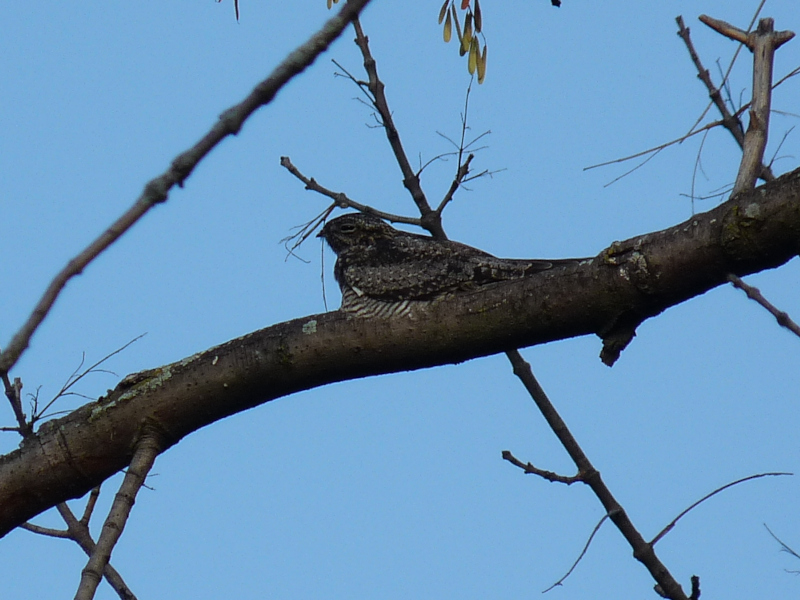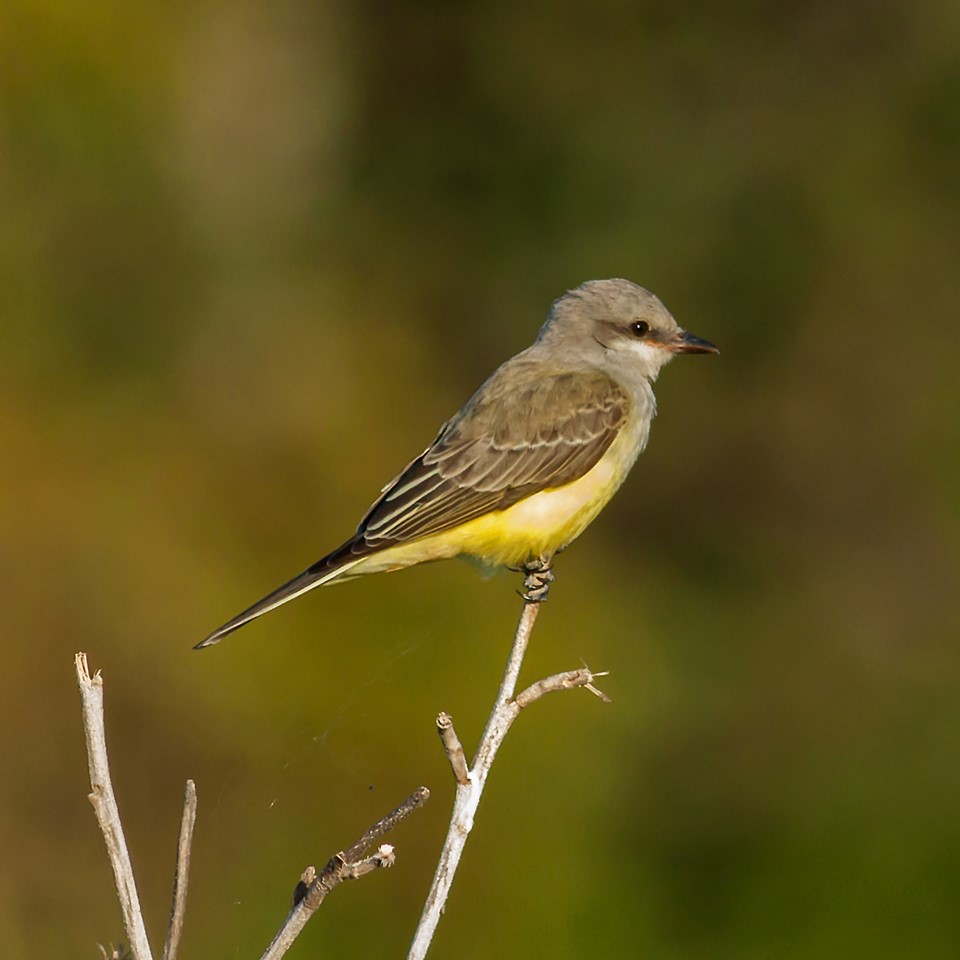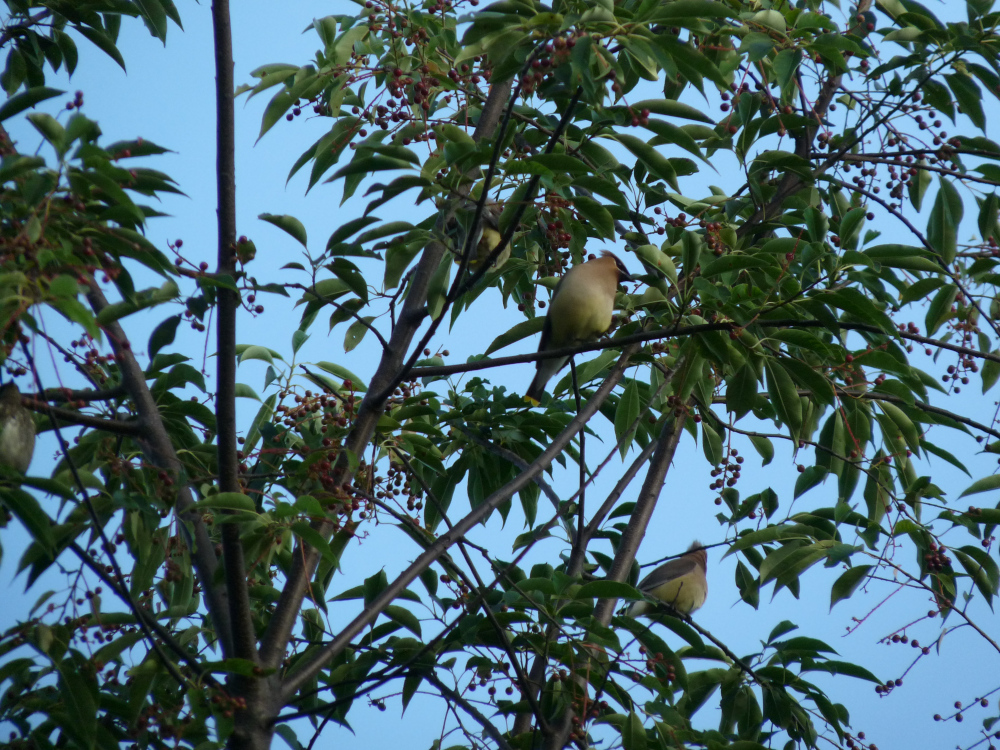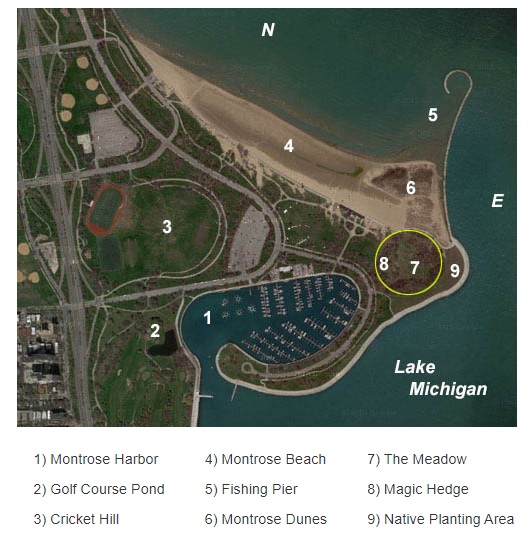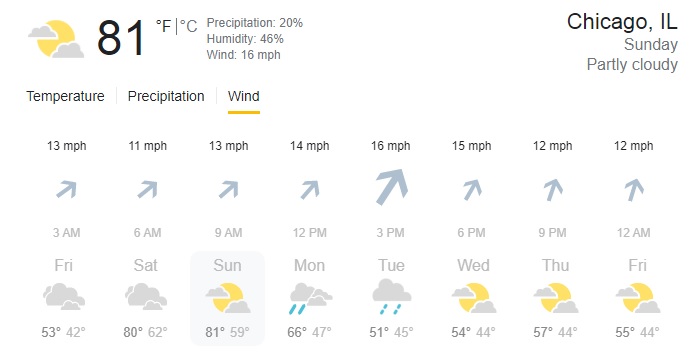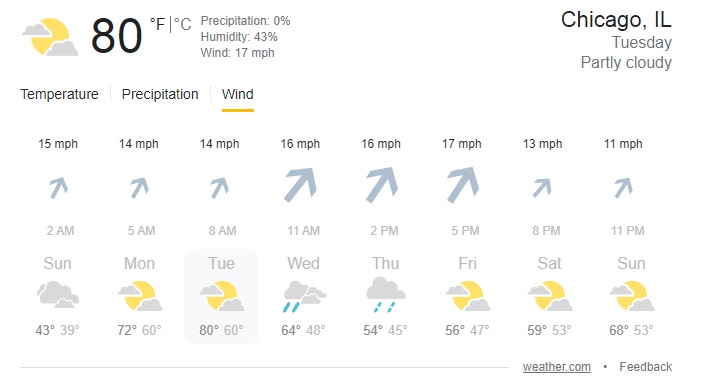Migrant Common Nighthawks are starting to show up in the Chicago area. We usually see large numbers of them, sometimes in the hundreds or more, moving south in late afternoon and evening in late August and early September. Seeing one perched is a different matter. Like other nightjars, Common Nighthawks are cryptically colored and when they perch they don’t move, all but disappearing. A good way to find them is to examine bare, horizontal tree limbs on trees that don’t have a lot of leaves. I’ve used this method with some success at Montrose. You may have to look at a lot of trees to find a roosting nighthawk but the effort will be worth it when you find one. They’re also easy to photograph.
Category Archives: Birding Tips
Think Flycatchers
We’re always trying to guess what the next new bird for Montrose will be. It’s a fun game to play, though we’re usually wrong with our predictions. Montrose has an impressive 15 species of flycatchers to its credit, including several rare and uncommon species – Western Kingbird (regular), Cassin’s Kingbird (first state record), Say’s Phoebe (several records), and Scissor-tailed Flycatcher (several records). Montrose is clearly an excellent place for Tyrannids, and there are several excellent candidates we should be thinking about as fall approaches. These potentials include
- Gray Kingbird (many extralimital records in the Eastern United States, including three for Illinois)
- Tropical Kingbird (many extralimital records in the Eastern United States, including one for Illinois)
- Fork-tailed Flycatcher (well established pattern of vagrancy in the eastern United States, with several records for Illinois)
- Vermillion Flycatcher (multiple records for Illinois, including one from Lincoln Park)
These are the most likely Tyrannids to show up, but there are a few less likely, though possible species like Variegated Flycatcher (a handful of eastern US records), Sulphur-bellied Flycatcher (a few eastern North American records), Thick-billed Kingbird (a few eastern North American records), and Hammond’s Flycatcher (multiple eastern North American records).
The best way to prepare for vagrants is to keep an open mind about what’s possible and to brush up on field marks for these birds.
Check Those Cherry Trees, Early August, 2021
Montrose hosts a variety of trees whose seeds or fruit are good for several different kinds of birds. One of these trees, Black Cherry (Prunus serotina), is producing ripened fruit now that is attracting Cedar Waxwings, American Robins, and Baltimore Orioles. A good stand of cherry trees is in the Magic Hedge towards the north end. The loose clusters of pea-sized red or purple berries and flaky bark on larger trees help identify them. Another stand of Black Cherries is next to the Purple Martin houses on the northwest side of the harbor.
Just What is The Montrose Point Bird Sanctuary?
Montrose Point is a big place. For the purposes of my online guides it includes all the land east of Lake Shore Drive between Lawrence Avenue on the north and Buena Avenue on the south. Obviously not all of this space is a dedicated bird sanctuary, though many areas are good for birds and birding, like the boat harbor and north end of the Marovitz Golf Course. The Montrose Point Bird Sanctuary is a subarea of Montrose Point. It includes the Magic Hedge, Magic Clump, Meadow, peripheral plantings, and woods at the east end of the Point. This is a much smaller area compared to the whole of Montrose Point. The graphic shows the approximate boundaries of the sanctuary. Also see the Montrose Glossary for descriptions of the birding landmarks used in this guide,
Weather and Birding Forecast, May 1 – 3
The weekend of May 1 – 3 looks like a good one for birding, with sustained southwest winds Saturday, Sunday, and into Monday. We should see a big influx of warblers and sparrows, as well more thrushes and flycatchers. Don’t forget to check the Montrose Point eBird Hotspot for updates.
Weather and Birding Forecast, April 27 and 28 – Here We Go
We’re in for a surge of warm air and southwest winds on Tuesday, April 27 and Wednesday, April 28. These conditions look favorable for a strong movement of passerines during that two day period. We should see an increase in warbler activity, with several uncommon species possible, including Hooded, Kentucky, and with luck, Worm-eating. Sparrows will be the big story. White-throated and Swamp Sparrow numbers will increase dramatically, and late April is a good time to see less common species like LeConte’s and Henslow’s. As always, keep checking the Montrose Point eBird Hotspot for updated information and sightings.
Time to get excited.

